How to Discipline Preschoolers in the Classroom: 10 Proven Strategies
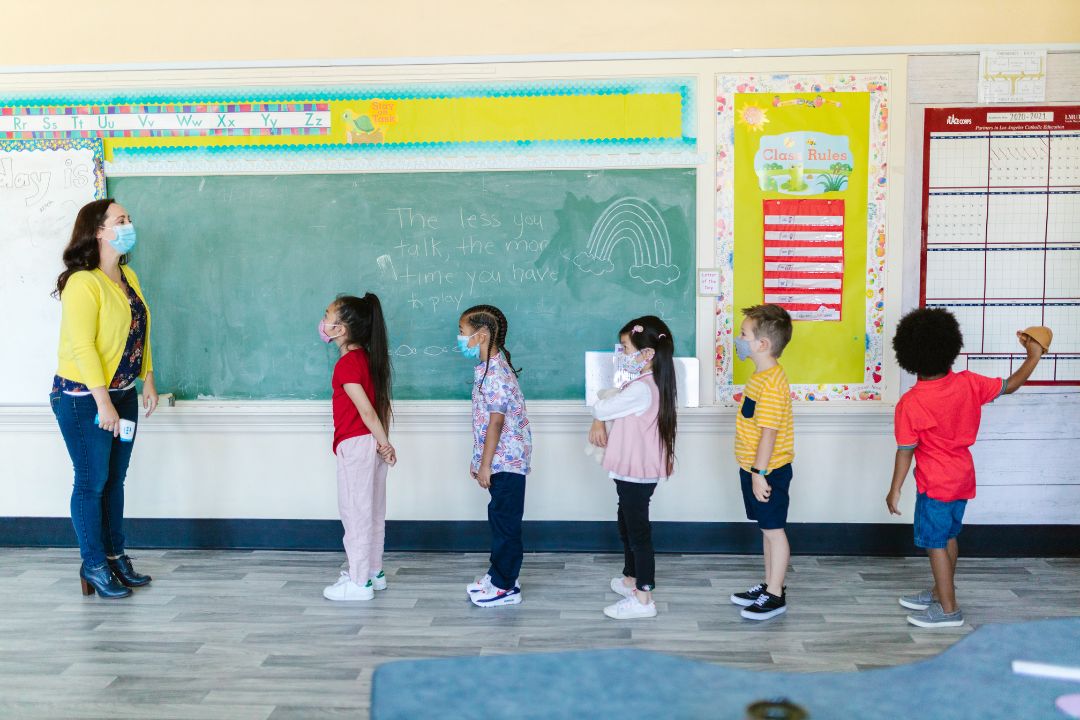
To discipline preschoolers in the classroom, establish clear rules and expectations and consistently reinforce them through positive reinforcement and redirection techniques. Introducing discipline in the preschool classroom is crucial for maintaining an effective learning environment.
However, it can be challenging to strike a balance between managing behavior and fostering positive development. By establishing clear rules and expectations from the start, educators can provide a framework for preschoolers to understand and follow. Consistently reinforcing these rules through positive reinforcement and redirection techniques helps children develop self-discipline and improves their overall behavior.
This article explores effective strategies for disciplining preschoolers in the classroom, promoting a positive and productive learning experience for both students and teachers.

Understanding Preschooler Behavior
Understanding the behavior of preschoolers is crucial for effective classroom management. Preschoolers are at a tender age where they are learning to navigate the rules and expectations of society. As educators, it is essential to have a deep understanding of their behavior patterns and developmental milestones to create a positive and nurturing learning environment. This section will delve into the importance of age-appropriate expectations, the role of developmental milestones in discipline, and the common challenges faced when managing preschoolers in the classroom.
Importance Of Age-appropriate Expectations
Setting age-appropriate expectations is essential when it comes to disciplining preschoolers. While it’s important to challenge and stimulate their growth, expecting too much from them can lead to frustration and negative behavior. By understanding what is developmentally appropriate for their age, educators can create realistic expectations that allow for both growth and independence.
- Promoting a positive self-image and self-esteem
- Reducing feelings of failure and inadequacy
- Fostering a sense of accomplishment and success
- Encouraging motivation and engagement
Developmental Milestones And Discipline
Preschoolers go through significant developmental milestones that influence their behavior and ability to understand rules. By considering these milestones, educators can tailor their discipline strategies accordingly.
| Milestone | Impact on Discipline |
|---|---|
| Social-emotional development | Affects their ability to follow rules and regulations |
| Language development | Allows them to express themselves and understand instructions |
| Cognitive development | Affects their reasoning and decision-making skills |
| Sensorimotor development | Influences their physical exploration and self-control |
Common Challenges In Managing Preschoolers
Managing preschoolers can present unique challenges for educators. They are in a stage of rapid growth and exploration, which can manifest as impulsive behavior or difficulty in following instructions. Understanding these common challenges can help educators develop effective strategies to manage and discipline preschoolers effectively.
Some common challenges faced when managing preschoolers include:
- Impulsivity and lack of self-regulation
- Trouble following instructions
- Testing boundaries and asserting independence
- Attention span and focus limitations
- Dealing with emotional outbursts and tantrums
Setting The Stage For Good Behavior
To promote good behavior in preschoolers, effective discipline techniques are essential within the classroom environment. By providing clear expectations, consistent boundaries, and positive reinforcement, teachers can successfully guide and shape their students’ behavior.
Creating A Positive Classroom Environment
Creating a positive classroom environment is crucial for setting the stage for good behavior in preschoolers. When students feel comfortable, safe, and supported, they are more likely to behave well and engage in meaningful learning. Here are some strategies to create a positive environment:
- Establish clear expectations for behavior from the beginning of the school year.
- Encourage open communication and active listening among students and between students and the teacher.
- Ensure an inclusive and respectful classroom culture where every child feels valued and accepted.
- Provide opportunities for collaboration and teamwork to foster a sense of community.
- Recognize and celebrate individual achievements to boost self-esteem and motivation.
Consistent Routines And Their Impact
Consistent routines play a vital role in preschool classrooms as they provide structure and predictability for young children. When students know what to expect and understand the daily routines, their behavior tends to be more orderly and cooperative. Here are a few benefits of consistent routines:
- Reduced anxiety: Knowing what comes next helps reduce anxiety and creates a sense of security for preschoolers.
- Smooth transitions: Having consistent routines for transitions between activities helps minimize disruptions and keeps the classroom running smoothly.
- Improved self-regulation: Predictable routines support the development of self-regulation skills in preschoolers, teaching them to manage their emotions and behavior.
- Increased independence: Routines empower children to take responsibility for their own actions, promoting independence and autonomy.
Role Of Classroom Layout In Behavior Management
The layout and organization of a preschool classroom can significantly influence behavior management. A well-designed environment provides students with easy access to materials and promotes engagement in learning activities. Take these factors into consideration when arranging your classroom:
| Factors | Considerations |
|---|---|
| Clear pathways | Ensure there are clear pathways throughout the classroom to allow for easy movement and prevent congestion or accidents. |
| Designated areas | Create clearly defined areas for different activities, such as reading corners, art stations, and quiet spaces, to help students understand where to focus their attention. |
| Accessible materials | Organize materials and supplies in labeled, easily reachable bins or shelves to promote independence and facilitate student engagement. |
| Display of visual cues | Use visual cues, like visual schedules, rule charts, and posters displaying positive behavior expectations, to reinforce classroom rules and procedures. |
By creating a positive classroom environment, implementing consistent routines, and optimizing your classroom layout, you can effectively set the stage for good behavior in preschoolers, promoting a productive and harmonious learning environment.
Core Techniques In Action
Discipline is an essential aspect of managing a preschool classroom, and when implemented effectively, it can create a positive and engaging learning environment for both the teacher and the students. In this section, we will delve into three core techniques that have proven to be effective in disciplining preschoolers – positive reinforcement, time-out, and natural and logical consequences. Let’s explore each technique in action.
Positive Reinforcement And Examples
Positive reinforcement is a powerful technique that involves acknowledging and rewarding desirable behavior. By focusing on the positive aspects of a child’s conduct, teachers can encourage and reinforce good behavior, which in turn promotes a more positive classroom environment.
Here are some examples of positive reinforcement techniques that can be implemented in the preschool classroom:
- Verbal praise: Recognize the child’s efforts and achievements by offering specific and sincere compliments. For instance, “Great job sharing your toys with your friend, Sarah! You are being such a kind and considerate friend.”
- Sticker charts: Create a visual way for children to track their progress and rewards. Give a sticker every time a child demonstrates good behavior, and once they collect a certain number of stickers, let them choose a small reward or privilege, such as being the line leader or choosing a story for storytime.
- Classroom rewards: Encourage teamwork and cooperation by implementing rewards for the whole class when they collectively exhibit positive behavior. For example, if the class follows the classroom rules throughout the week, they can earn extra playtime or a special art activity on Friday.
Time-out: When And How To Implement
Time-out is a technique used to reduce disruptive behavior and give children an opportunity to calm down and reflect on their actions. It should only be used for severe misbehavior that poses a risk to the child or others in the classroom.
Consider the following guidelines for implementing time-outs effectively:
- Clear rules: Establish clear and age-appropriate rules at the beginning of the school year so that children understand what behavior is expected of them. This will help minimize the need for time-outs.
- Warning and explanation: Give a verbal warning to the child before implementing a time-out, explaining the specific behavior that led to the consequence.
- Designated time-out area: Have a designated space in the classroom where children can sit quietly for a short period, away from distractions and other classmates.
- Time limit: Keep time-outs brief, typically one minute for each year of the child’s age (e.g., a three-year-old would have a three-minute time-out). Time-outs serve as a pause for reflection, not as a form of punishment.
- Follow-up discussion: After the time-out, engage in a calm and supportive conversation with the child, helping them understand why their behavior was not acceptable and how they can make better choices in the future.
Natural And Logical Consequences
Another technique that can be effective in disciplining preschoolers is the use of natural and logical consequences. These consequences help children understand the direct relationship between their actions and the outcome that follows.
Here’s how you can implement natural and logical consequences:
- Identify the behavior: Clearly identify the inappropriate behavior and the consequences it naturally leads to. For example, if a child throws their snack on the floor, the natural consequence would be that they no longer have a snack to eat.
- Allow reflection: Give the child time to reflect on their actions and understand the cause-and-effect relationship. Use this opportunity to ask questions that encourage them to think about what they could have done differently.
- Guide problem-solving: Help the child come up with alternative ways to handle the situation and prevent similar consequences in the future. This helps them develop problem-solving and decision-making skills.
- Monitor progress: Observe the child’s behavior over time to see if they have learned from the consequences and made positive changes. Praise and reinforce their improved behavior when appropriate.
Tailoring Approaches For Individual Needs
Disciplining preschoolers in the classroom requires a flexible and personalized approach. Every child is unique, with different backgrounds, temperaments, and abilities, making it crucial for teachers to recognize and respect individual differences. By adapting strategies for diverse classroom dynamics, educators can create a supportive learning environment where each child feels heard and understood. In this article, we will explore the importance of recognizing and respecting individual differences, as well as provide case study examples of tailored discipline that ensures each child’s needs are met.
Recognizing And Respecting Individual Differences
Preschool classrooms are filled with a rich tapestry of individual differences. Some children may be more energetic and impulsive, while others may be shy and reserved. It is essential for teachers to recognize and respect these variations, as a one-size-fits-all approach to discipline may not effectively cater to each child’s needs.
By understanding and acknowledging the diversity present in the classroom, teachers can tailor their approach accordingly. This means taking the time to observe and get to know each child, asking open-ended questions to better understand their perspectives, and actively listening to their concerns. Recognizing individual differences also involves considering cultural backgrounds, developmental stages, and learning styles when implementing discipline strategies.
Adapting Strategies For Diverse Classroom Dynamics
Preschool classrooms often comprise a mix of personalities, abilities, and backgrounds. In order to create a positive and inclusive learning environment, it is crucial for teachers to adapt their discipline strategies to suit these diverse classroom dynamics.
One effective way to adapt strategies is by implementing a variety of discipline techniques. For example, while some children may respond well to verbal reminders, others may benefit from visual cues or hands-on activities. By incorporating multiple approaches, teachers can cater to different learning styles and ensure that every child feels engaged and understood.
In addition, adapting strategies for diverse classroom dynamics means being proactive rather than reactive. By setting clear expectations and establishing consistent routines, teachers can prevent behavioral issues before they even arise. This promotes a sense of security and stability within the classroom, enabling children to navigate through their day feeling supported and understood.
Case Study Examples Of Tailored Discipline
To truly tailor discipline, it is essential for teachers to understand and respond to each child’s unique needs. Let’s explore two case study examples that highlight the importance of personalized approaches:
| Case Study 1: Active and Energetic | Case Study 2: Shy and Reserved |
|
|
These case studies demonstrate how tailoring discipline approaches can effectively address the individual needs of each child. By understanding and accommodating their unique attributes, teachers can foster a positive and nurturing classroom environment that promotes both social and academic growth.
Proactive Vs. Reactive Discipline
When it comes to disciplining preschoolers in the classroom, it’s essential to take a proactive approach rather than simply reacting to misbehavior as it occurs. Proactive discipline involves implementing strategies and techniques that prevent misbehavior before it starts, while reactive discipline focuses on responding to disruptive behavior after it has already happened. Let’s explore the importance of proactive discipline and the various techniques and strategies you can use to maintain a positive and effective learning environment.
Preventing Misbehavior Before It Starts
Preventing misbehavior is the key to establishing a calm and productive classroom atmosphere. By taking proactive steps, you can set clear expectations and create a supportive environment that minimizes disruptions. Here are some effective techniques for preventing misbehavior:
- Establish consistent rules and clearly communicate them to your preschoolers. Ensure they understand what is expected of them and why these rules are in place.
- Design a well-organized classroom layout that promotes engagement and minimizes distractions. This can include creating designated areas for different activities and organizing materials thoughtfully.
- Plan engaging and age-appropriate activities that keep preschoolers actively involved. Boredom often leads to misbehavior, so it’s crucial to provide stimulating learning experiences.
- Practice positive reinforcement by acknowledging and rewarding appropriate behavior. Praise and encouragement go a long way in reinforcing good habits and preventing misbehavior.
- Encourage open communication and active listening. By fostering an environment where preschoolers feel comfortable expressing themselves, you can address concerns or issues before they escalate.
Techniques For Responding To Disruptive Behavior
Despite your best efforts to prevent misbehavior, disruptive incidents may still occur. When faced with such situations, it’s important to respond in a way that addresses the behavior while maintaining the child’s dignity and promoting their social and emotional development. Here are some effective techniques for responding to disruptive behavior:
- Remain calm and composed. It’s natural to feel frustrated, but reacting impulsively may escalate the situation. Take a deep breath and compose yourself before addressing the behavior.
- Redirect the child’s attention. Sometimes, a simple distraction or redirection can help refocus their energy on a more appropriate task or activity.
- Use positive reinforcement to encourage the desired behavior. Acknowledge and praise the child when they exhibit positive behavior, reinforcing the idea that their actions have positive consequences.
- Implement logical consequences that are directly related to the misbehavior. For example, if a preschooler refuses to share a toy, they may lose the privilege of using that toy for a short period.
- Communicate with parents or guardians. In instances where a behavior pattern persists, involving parents or guardians can help create a consistent approach in addressing the issue.
De-escalation Strategies For Tense Moments
Tense moments can arise unexpectedly in the classroom, requiring prompt de-escalation to ensure the safety of all preschoolers and maintain a positive learning environment. Here are some de-escalation strategies to help defuse tense situations:
- Remain calm and composed, modeling the behavior you expect from your students.
- Create a safe space for the upset child by providing a quiet area where they can regain control of their emotions.
- Validate the child’s feelings by actively listening and empathizing with their perspective. This helps them feel understood and reduces their stress.
- Use calming techniques such as deep breathing exercises or simple mindfulness activities to soothe the child and redirect their focus.
- Implement visual schedules or timers to help preschoolers understand transitions, which can often be a source of anxiety and agitation.
By combining proactive discipline techniques with effective responses to disruptive behavior and utilizing de-escalation strategies for tense moments, you can create a positive and supportive classroom environment for preschoolers to thrive. Remember, consistency, patience, and understanding are key to guiding children towards self-control and responsible behavior.
Collaboration For Consistent Discipline
Enhancing consistent discipline in preschool classrooms through collaboration ensures a structured environment that promotes learning and development. Teachers and staff work together to establish and implement effective disciplinary strategies tailored to meet the needs of each child.
Disciplining preschoolers in the classroom requires a collaborative approach between teachers and parents. This collaboration ensures consistent discipline techniques and strategies are implemented both at home and school. By working together, teachers can effectively communicate with parents about behavior, create a united front between home and school, and develop discipline plans with parent input to foster a positive learning environment for our little ones.
Communicating Effectively With Parents About Behavior
In order to maintain consistent discipline practices, effective communication with parents is crucial. Open and transparent communication channels allow teachers and parents to address any behavioral concerns promptly.
Some effective ways to communicate with parents about behavior include:
- Sending behavior reports or daily progress reports to parents, highlighting both positive behaviors and areas for improvement.
- Using parent-teacher conferences as an opportunity to discuss behavior and collaborate on potential solutions.
- Utilizing a behavior management app or online platform to share real-time updates and observations with parents.
By regularly sharing information and engaging in open conversations, teachers and parents can work together to ensure consistent discipline techniques are applied both at home and in the classroom.
Home And School: A United Front
A united front between home and school is essential for maintaining consistent discipline in the classroom. When parents and teachers present a united front, preschoolers understand that their behavior expectations are consistent across different environments.
Here’s how teachers and parents can establish a united front:
- Regularly communicating behavior expectations and guidelines to parents and explaining how these align with the classroom rules.
- Encouraging parents to reinforce the same behavioral expectations at home.
- Scheduling periodic meetings or workshops with parents to discuss discipline strategies and reinforce consistency.
- Collaborating with parents to develop shared routines and expectations that are implemented both at home and in the classroom.
By presenting a united front, teachers and parents can create a supportive and structured environment that promotes positive behavior and reduces confusion for preschoolers.
Creating Discipline Plans With Parent Input
In order to ensure consistent discipline practices, it is essential to involve parents in the creation of discipline plans. By seeking parent input and considering their perspectives, teachers can develop effective strategies that are aligned with the child’s home environment.
Here are some steps to follow when creating discipline plans with parent input:
| Step 1: | Initiate open and honest conversations with parents about their child’s behavior patterns at home. |
| Step 2: | Listen to parents’ concerns and observations, and incorporate their insights into the discipline plan. |
| Step 3: | Collaborate with parents to establish consistent rules and consequences that can be applied both at home and in the classroom. |
| Step 4: | Regularly review and evaluate the effectiveness of the discipline plan, making adjustments as necessary. |
By involving parents in the discipline planning process, teachers can create a partnership that emphasizes consistency and reinforces positive behavior both at home and in the classroom.
Cultivating Emotional Intelligence And Resilience
In today’s fast-paced and ever-changing world, it’s important to cultivate emotional intelligence and resilience in preschoolers. These skills not only help children navigate their own emotions but also enable them to handle challenges, build healthy relationships, and thrive in the classroom. In this blog post, we’ll explore three key strategies for disciplining preschoolers while focusing on the development of emotional intelligence and resilience.
Teaching Self-regulation And Empathy
Self-regulation and empathy are foundational skills that contribute to a child’s emotional intelligence and resilience. By teaching these skills, educators can help preschoolers better understand and manage their own emotions while also fostering empathy towards others. Here are a few effective techniques:
- Modeling: Teachers should model self-regulation and empathy in their own behavior, providing children with a positive example to follow.
- Emotion recognition: Engage preschoolers in activities that promote emotion recognition, such as identifying feelings in pictures or role-playing different scenarios.
- Emotion regulation: Teach preschoolers strategies to regulate their emotions, such as deep breathing exercises, taking a break, or using positive self-talk.
- Empathy building: Encourage preschoolers to consider the feelings and perspectives of others through storytelling, role-playing, and discussions.
Building Resilience Through Problem-solving
Resilience is the ability to bounce back from challenges and setbacks. By fostering problem-solving skills, educators can empower preschoolers to navigate difficulties and develop resilience. Here’s how:
- Encourage critical thinking: Pose open-ended questions and engage preschoolers in activities that promote problem-solving, such as puzzles, building blocks, and group projects.
- Teach problem-solving steps: Break down problem-solving into simple steps, like identifying the problem, brainstorming solutions, evaluating options, and implementing the chosen solution.
- Provide guidance: Offer support and guidance when preschoolers encounter obstacles, helping them analyze the situation and consider different approaches.
- Reframe challenges: Teach preschoolers to view challenges as opportunities for growth and learning, reframing setbacks as valuable experiences.
Encouraging Independence While Maintaining Order
Preschoolers thrive when they have opportunities to explore their independence, but maintaining order in the classroom is equally important. Balancing these two objectives requires a thoughtful approach. Here are some strategies:
- Routine and structure: Establish a consistent daily routine and provide clear expectations and guidelines to set a foundation for independence.
- Choice and responsibility: Offer age-appropriate choices to preschoolers, giving them a sense of autonomy and ownership over their actions.
- Transitions and organization: Smooth transitions between activities and well-organized learning spaces help preschoolers develop independence and maintain order.
- Positive reinforcement: Use praise and rewards to reinforce positive behaviors and encourage preschoolers to take initiative and act responsibly.
By implementing these strategies, educators can create a nurturing classroom environment where preschoolers develop emotional intelligence and resilience. Teaching self-regulation and empathy, building problem-solving skills, and encouraging independence will equip preschoolers with the tools they need to navigate challenges and thrive both inside and outside the classroom.
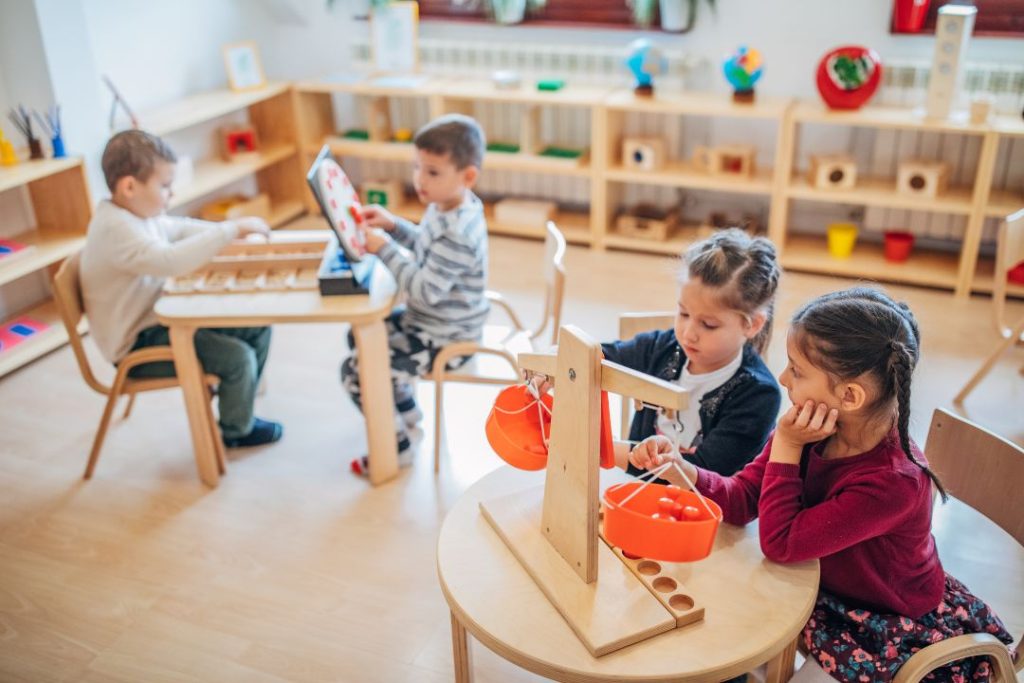
Frequently Asked Questions For How To Discipline Preschoolers In The Classroom
How Do You Teach Preschoolers Discipline?
To teach preschoolers discipline, establish clear rules and expectations. Use positive reinforcement and praise when they follow the rules. Consistently enforce consequences for breaking rules, such as time-outs or loss of privileges. Use age-appropriate explanations to help them understand why their behavior is important.
How Do You Deal With Difficult Preschoolers In The Classroom?
Difficult preschoolers in the classroom can be handled by setting clear boundaries, providing consistent routines, redirecting their attention, offering positive reinforcement, and communicating with parents to create a collaborative approach to behavior management.
How Do You Control An Unruly Preschool Classroom?
To control an unruly preschool classroom, establish clear expectations and rules, maintain a structured schedule, engage students with interactive activities, use positive reinforcement techniques, and effectively address conflicts as they arise. This creates a calm and conducive learning environment.
How To Handle Disruptive Behavior In The Preschool Classroom?
To handle disruptive behavior in the preschool classroom, establish clear rules and expectations, use positive reinforcement and rewards for good behavior, redirect attention to more appropriate activities, and provide consistent consequences for disruptive actions. It’s important to remain calm and address behavior issues promptly to maintain a productive and respectful learning environment.
Conclusion
Disciplining preschoolers in the classroom requires a mix of firmness, consistency, and understanding. By setting clear rules, creating a positive learning environment, and implementing positive reinforcement techniques, you can effectively manage behavior and promote a productive atmosphere for young learners.
Remember, patience and empathy are key when dealing with little ones. By using these strategies, you can create a classroom where discipline is balanced with love and compassion, helping preschoolers thrive and succeed.

With over 20 years of experience in early childhood education, Jane brings a wealth of knowledge to Classroom Journey. She specializes in play-based learning and has a passion for inclusive education.



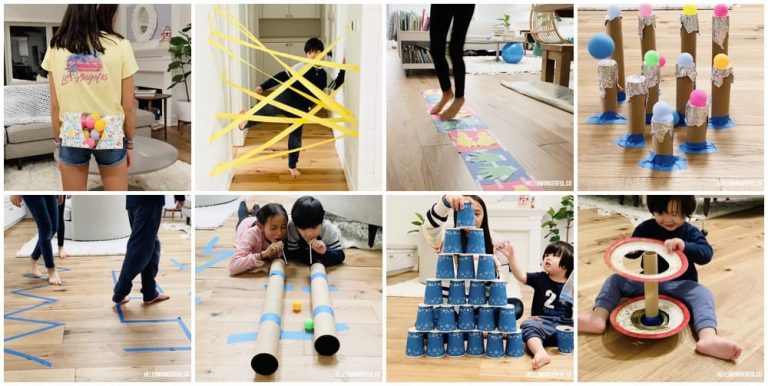

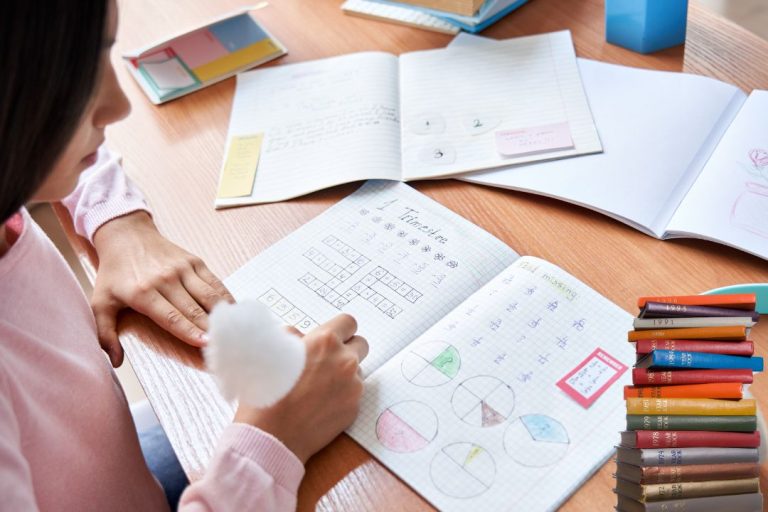
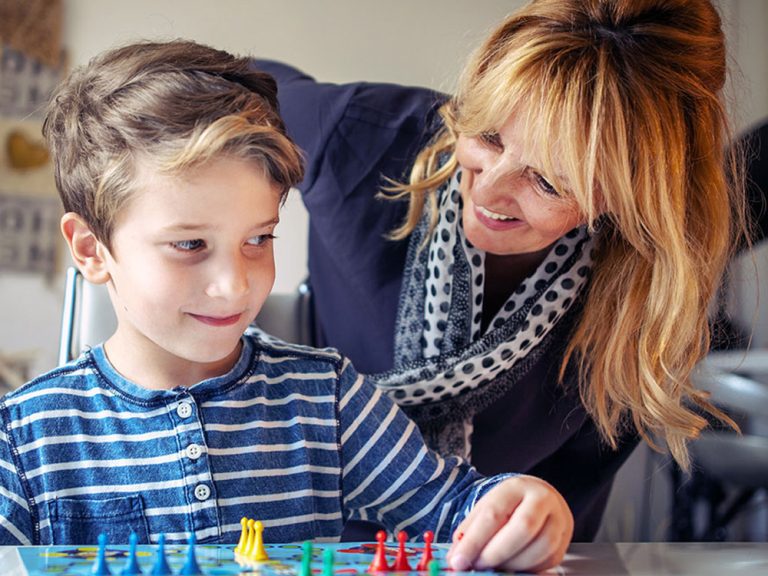
2 Comments